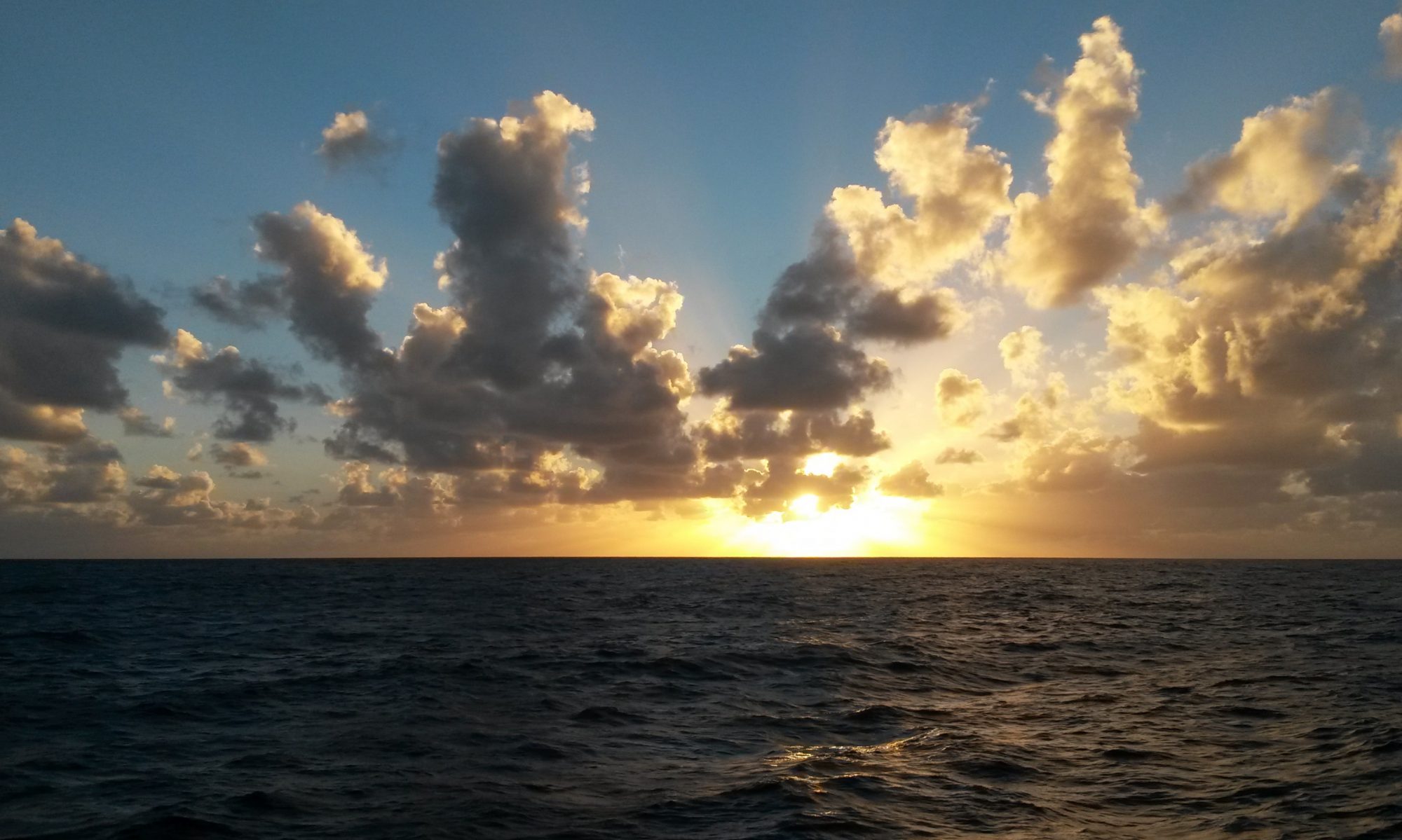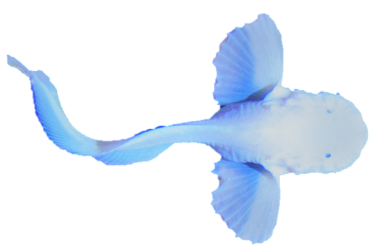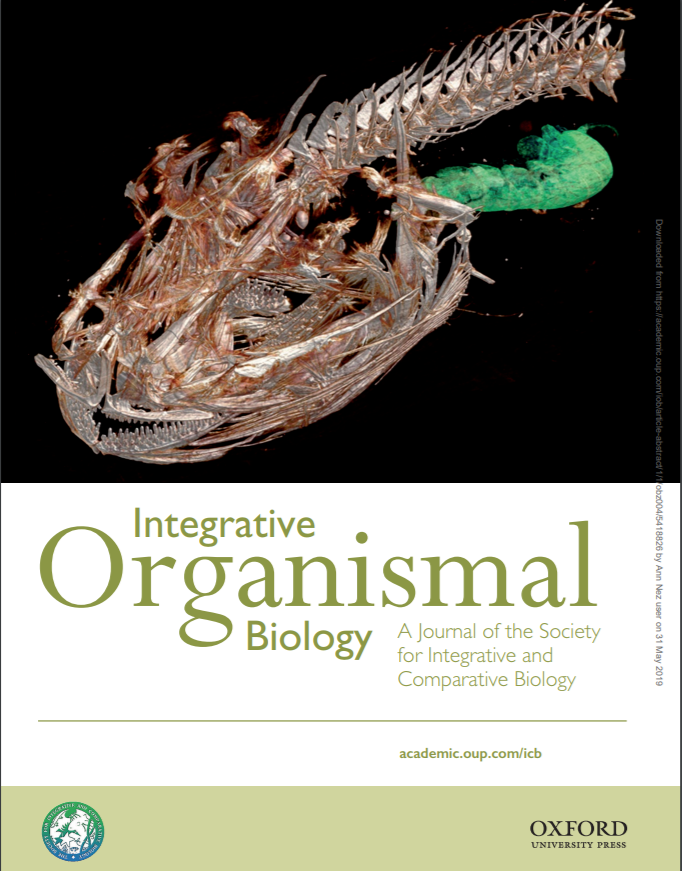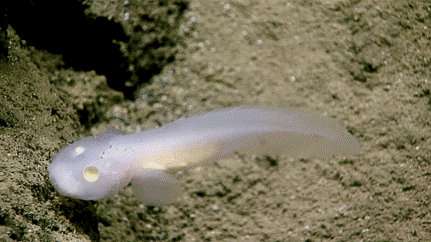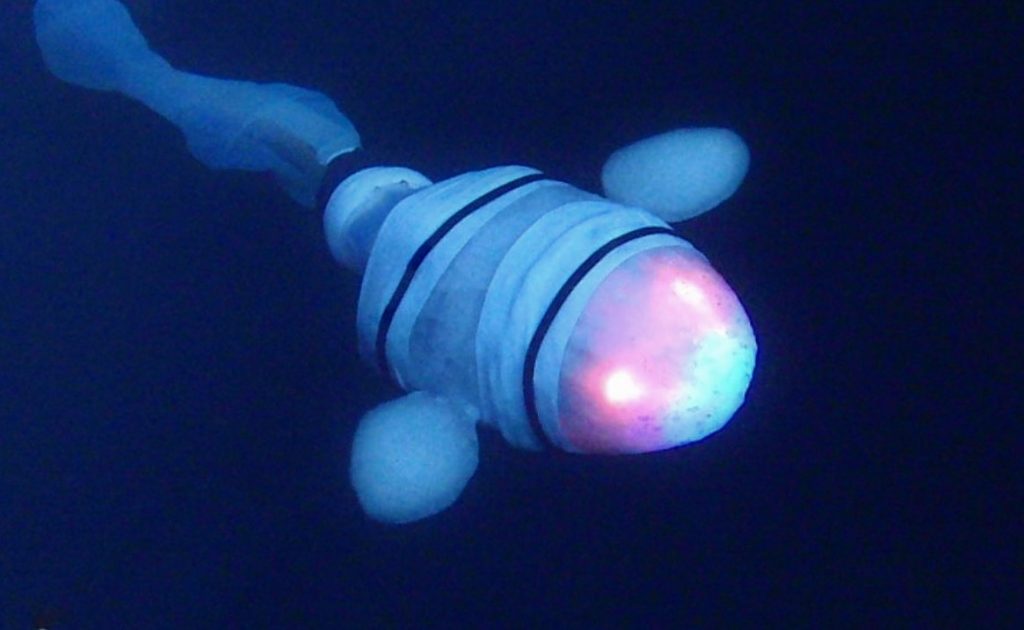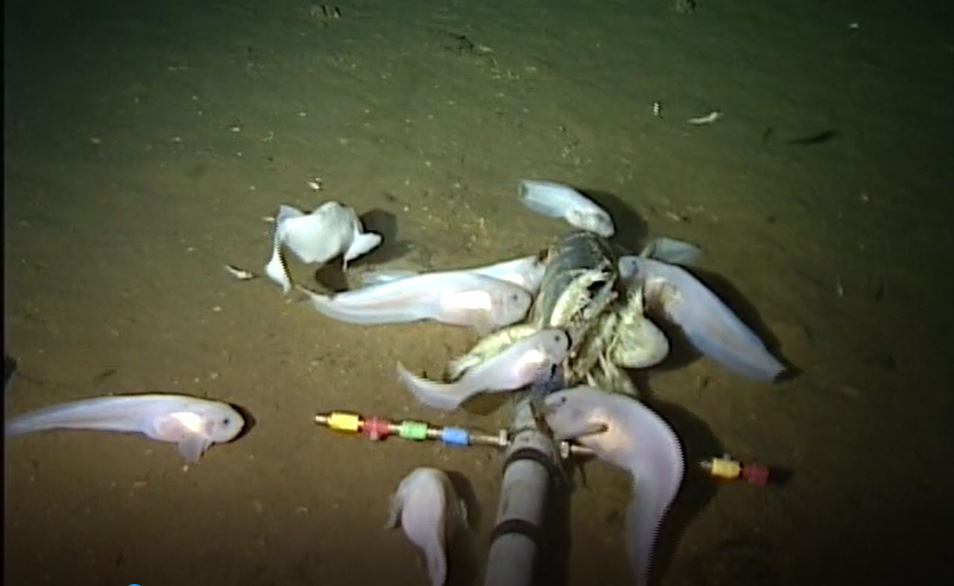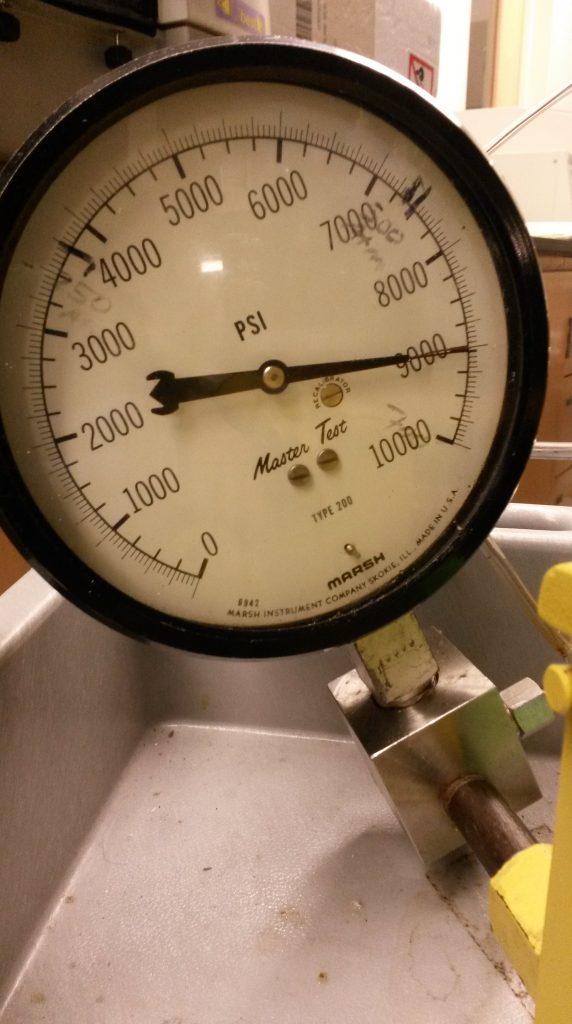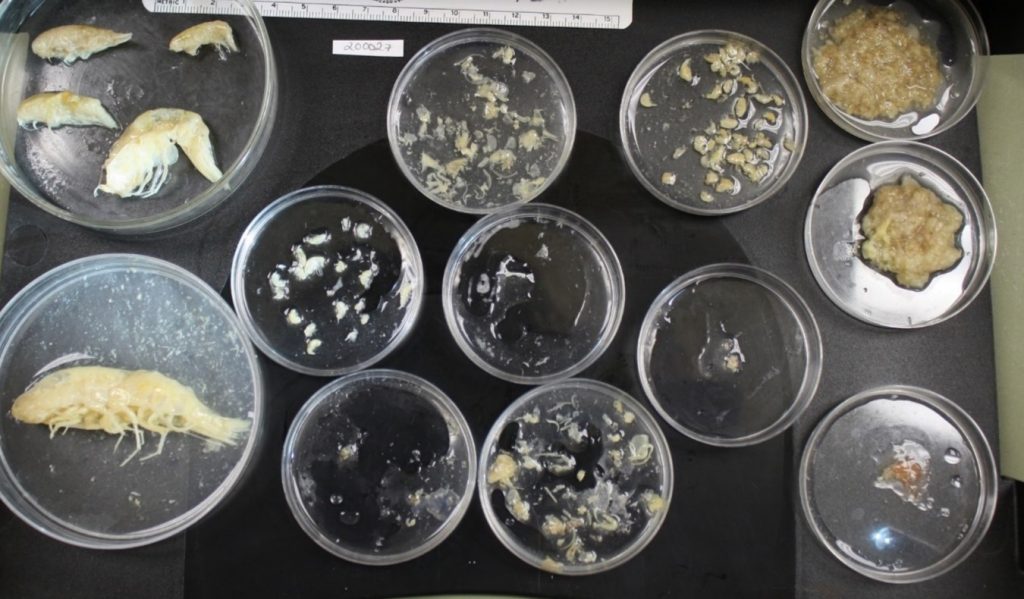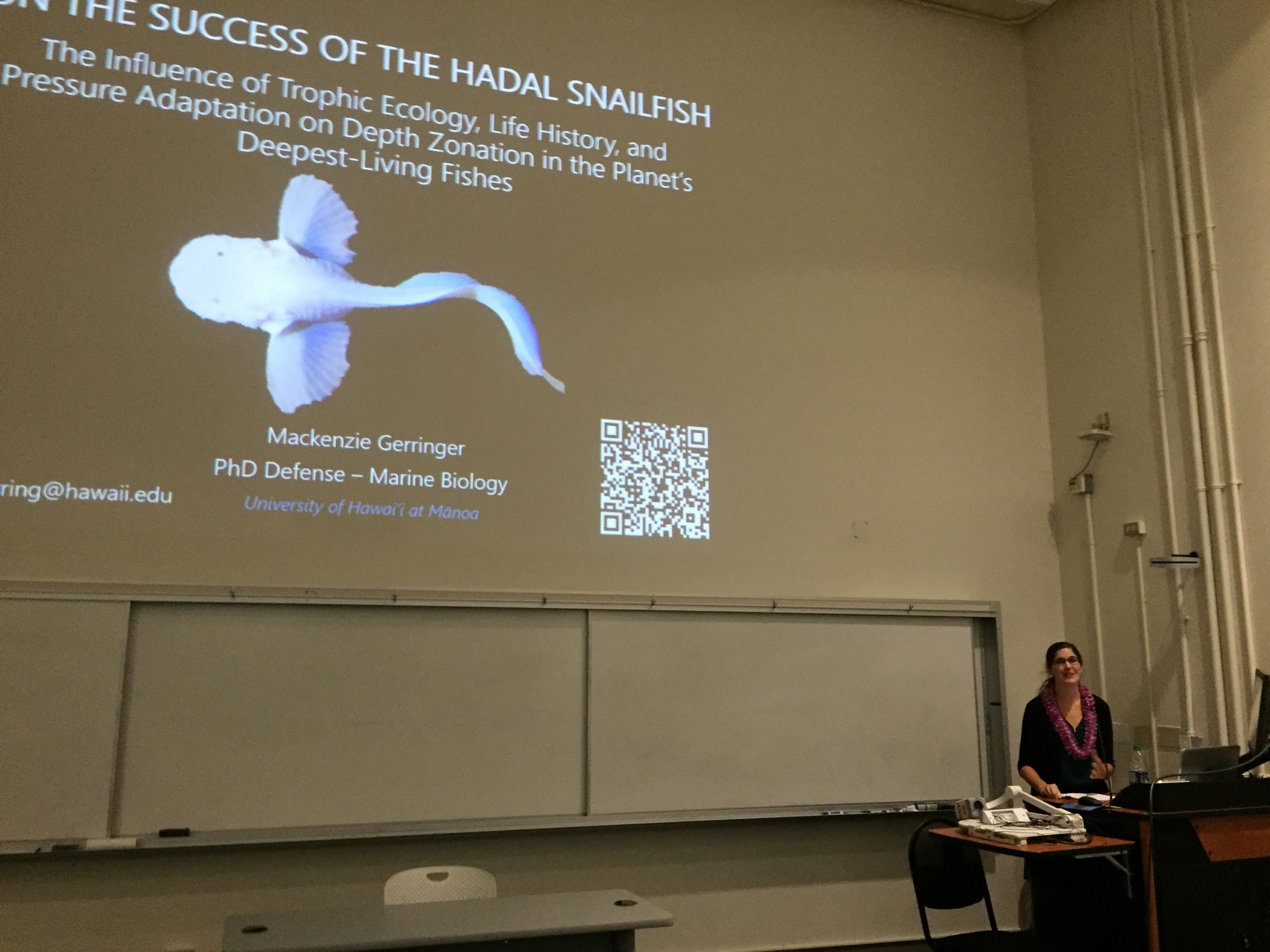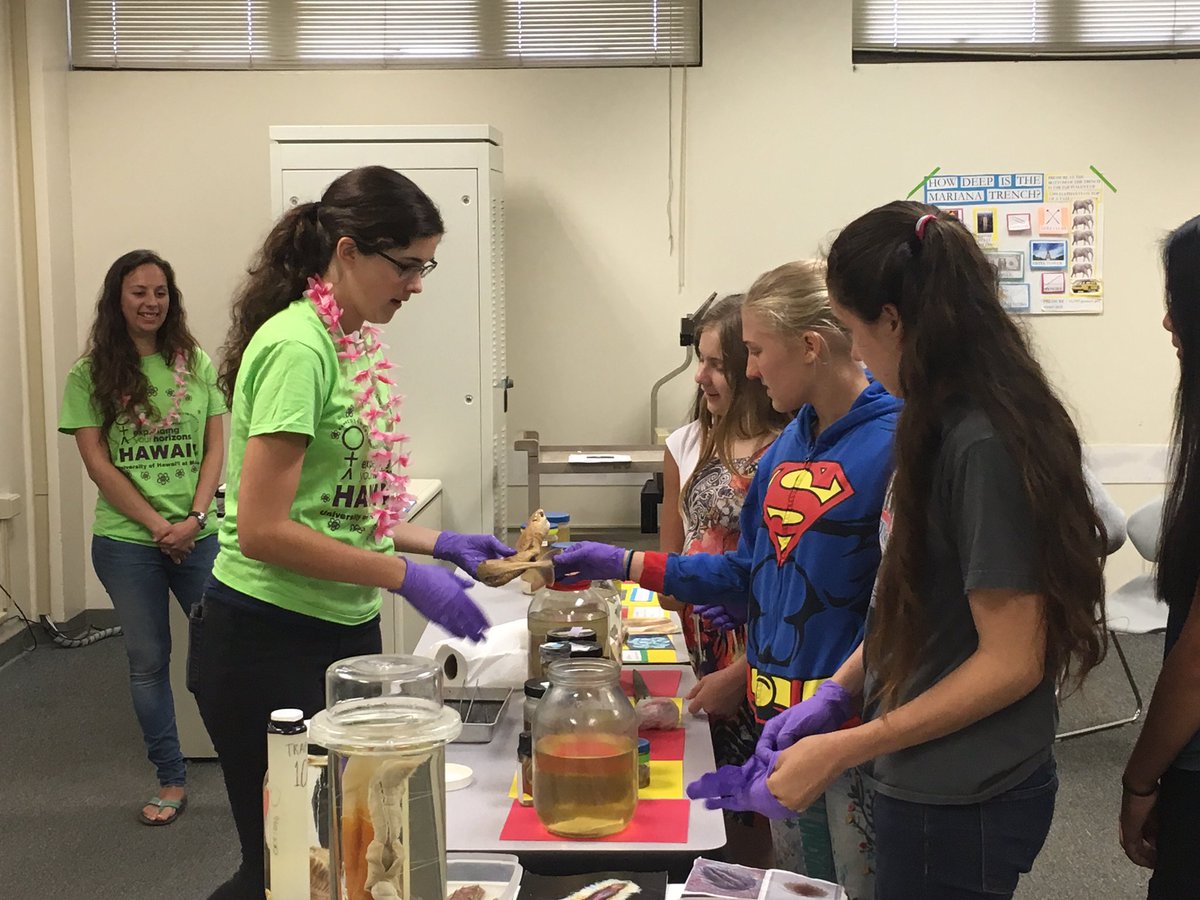Habitat influences skeletal morphology and density in the snailfishes (family Liparidae)
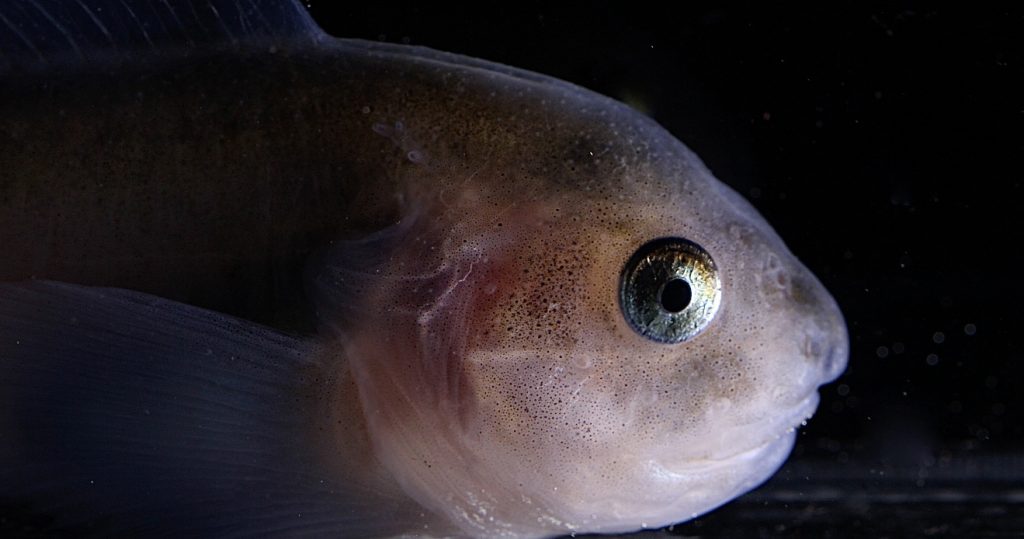
We tested the hypothesis that deep-sea fishes have poorly mineralized bone relative to shallower-dwelling species using data from a single family that spans a large depth range. The family Liparidae (snailfishes, Cottiformes) has representatives across the entire habitable depth range for bony fishes (0 m–> 8000 m), making them an ideal model for studying depth-related trends in a confined phylogeny.
We used micro-computed tomography (micro-CT) scanning to test three aspects of skeletal reduction in snailfishes (50 species) across a full range of habitat depths: 1) reduction of structural dimensions, 2) loss of skeletal elements, and 3) reduction in bone density.
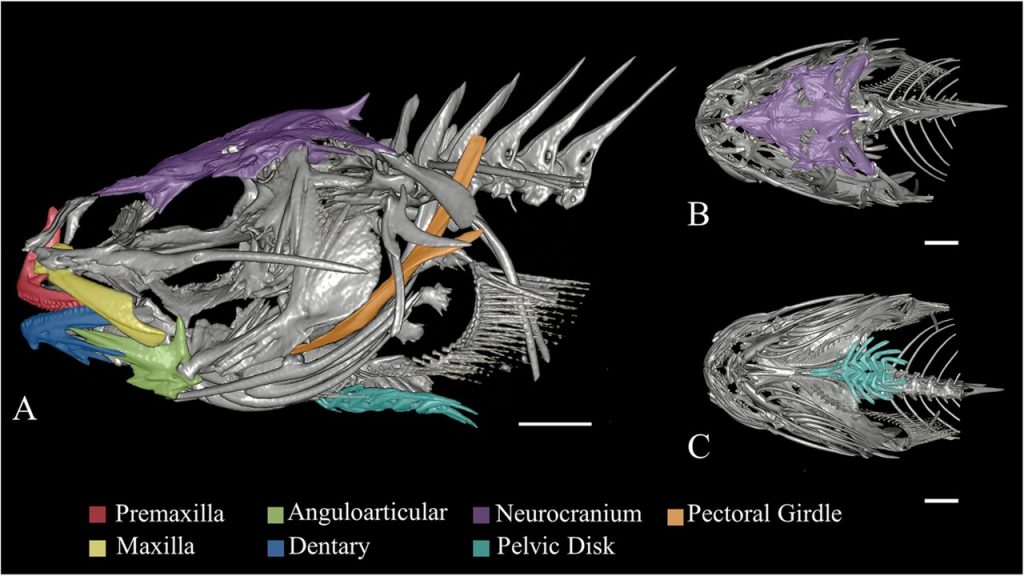
Using depth data from the literature, we found that with increasing depth, the length of the dentary, neurocranium, and suborbital bones decreases. The ventral suction disk decreases width with increasing maximum habitat depth and is lost entirely in some deeper-living taxa, though not all.
Although visual declines in bone density in deeper-living taxa were evident across full skeletons, individual densities of the lower jaw, vertebra, suction disk, hypural plate, and otoliths did not significantly decline with any depth metric.
However, pelagic and polar taxa tended to show lower density bones compared to other species in the family.
We propose that skeletal reductions allow snailfishes to maintain neutral buoyancy at great depths in the water column, while supporting efficient feeding and locomotion strategies. These findings suggest that changes in skeletal structure are non-linear and are driven not only by hydrostatic pressure, but by other environmental factors and by evolutionary ancestry, calling the existing paradigm into question.
Read our full open access paper here!
